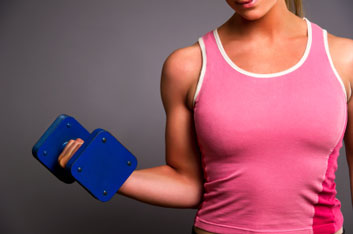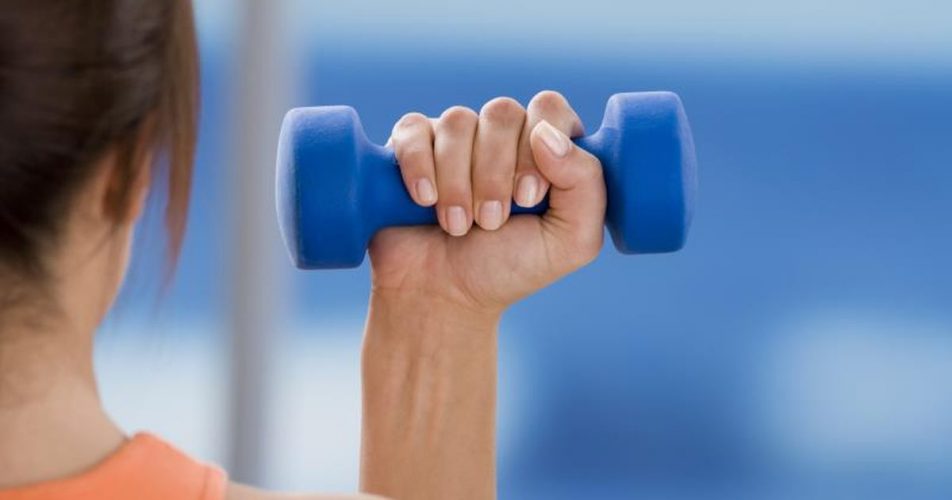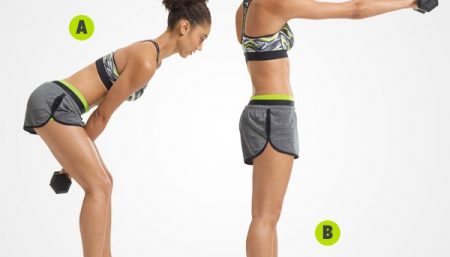Injuries to the wrist and hand commonly occur following a fall. Reaching out instinctively to break the fall often damages the wrist, resulting either in a fracture or in a strain to the ligaments that hold the bones together. Initially, there will be swelling and bruising; then, as the tissues heal, movement will feel restricted and painful. If the wrist has been in plaster, the hand and wrist often feel vulnerable when the plaster comes off; any movement may be difficult and painful.

For these injuries it is important to start with simple movements and progress gently. Be prepared for some soreness, but expect this to settle a few minutes after you stop exercising.
Arthritis can make the finger joints painful and swollen. At first they are likely to be too sore to exercise, but once the heat and swelling has subsided, gentle exercises help to restore mobility. Consult a professional for advice before you start.
Below is a list of Wrist and Hand exercises:
1. GRIP
Resisted Finger Flexion
Sit at a table with your arm resting on it, elbow bent. Grip, squeeze and manipulate a soft ball, lump of play dough, handful of cotton wool or the like, making your fingers do the work.
2. WRIST LIFT
Radial Deviation
Starting in the same position as for the Grip exercise, left, put your hand on its side with the thumb pointing upward. Moving from the wrist only, lift your hand off the table, Relax and repeat.
3. FIVE-FINGER EXERCISE
Wrist Extension, Finger Extension & Coordiantionting Finger Movements
Starting in the same position as above, place your palm flat on the table. Moving from the wrist, lift your fingers off the table, Relax and repeat. Then, keeping your palm on the table, lift and lower one finger at a time. Relax and repeat. Drum your fingers on the table, lifting each finger in turn. Repeat.
4. FINGER DEXTERITY
Coordinationting Finger Movements
Starting in the same position as above, touch the tip of your little finger with your thumb. Move your thumb to the tip of your fourth finger, then your middle finger and finally your index finger. Work back the other way and repeat.

5. Thumb
Touch your thumb to each finger in turn then stretch out into the “hitch hiking” position. Aim to place the thumb as low down the finger as possible.
6. Wrist Deviations
With arm resting on table and hand hanging off the table, slowly turn hand to side. Hold for 5 seconds and slowly return to starting position. Turn hand to other side. Hold for 5 seconds and slowly return to starting position.
7. Wrist Extensor Stretch
With arm resting on table and hand hanging off the table and elbow straight, slowly grab the hand and slowly bend the wrist down until a stretch is felt. Hold for 5 seconds and slowly return to the starting position.
8. Wrist Circles
Sit in neutral position with your arms resting on your armrests. Slide your forearms forward slightly and make loose fists with both hands. Inhale. Exhale and slowly rotate both wrists outwards, letting your forearms follow the movement. Rotate outwards ten times, continuing to breathe. Keeping your hands in loose fists, rotate inwards ten times, continuing to breathe. You should feel a slight stretch in your wrists during the rotations. Increase the range of the circles slightly if you don’t feel astretch.
9. Wrist Stretch Backwards
Sit with elbows on a table and palms together. Lower your wrists to the table until you feel a stretch and hold this for 5 seconds. Note you must keep your palms together.
10. Wrist Stretch with Elbows Straight
Place arms on a table. Move your body over your hands until you feel a comfortable stretch in your forearms. Hold for 5 seconds.
More
- Listen to your body, keep the back of the neck and spine lengthened and the rib cage lifted. Remember to breathe as you work with the different exercises.
- It is far better to perform the exercises gently 4 times a day than to be very forceful once a day.
-
If your progress is slow you may benefit from expert advice and treatment from a physiotherapist or hand therapist.
Related Links
Disclaimer
The Content is not intended to be a substitute for professional medical advice, diagnosis, or treatment. Always seek the advice of your physician or other qualified health provider with any questions you may have regarding a medical condition.



